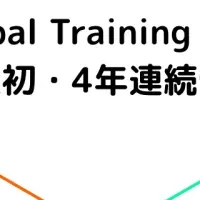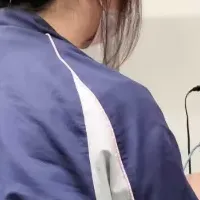
Exploring the Rising Demand for Aging Technology Among Older Americans
Increasing Interest in Technology for Aging Well
Recent research suggests that older adults in the United States are increasingly embracing technology to enhance their living conditions as they age. According to a study conducted by AARP in collaboration with the Consumer Technology Association (CTA), it is evident that a growing number of older Americans are eager to integrate tech solutions into their everyday lives.
A Promising Market
The data indicates that the aging technology sector is projected to become a significant marketplace, with estimates suggesting it could reach a staggering $120 billion by 2030. This rise underscores a shift in how older individuals perceive technology's role in their lives, not just for convenience but for health and safety as well.
Notably, approximately 80% of older Americans currently utilize at least one form of technology that supports independent living at home. Furthermore, over 50% express a strong interest in procuring more advanced systems and devices that can assist them as they age.
Patty David, AARP's Vice President of Consumer Insights, highlighted this trend, stating, "From smart health monitors to digital security systems, older Americans are keen to leverage these innovations to stay comfortably in their homes and communities."
Comfort with Technology
The report also reveals that around 70% of adults aged 50 and above feel confident in using technology to aid their aging process at home. Among the most sought-after devices are smart health technologies. The statistics show that more than half of older adults are considering acquiring connected medical alert systems, digital hearing aids, and various health monitoring devices, such as blood pressure and glucose monitors.
Despite this interest, there remains a notable gap in ownership. For instance, only 3% own a connected medical alert device, even though 18% are likely to purchase one. Similarly, only 6% have a continuous glucose monitor, despite an additional 8% expressing willingness to buy one. This demonstrates a clear interest in aging technologies that has yet to be fully tapped into.
Barriers to Adoption
The hesitation to adopt these technologies stems from various factors, primarily cost and reliability. The study indicates that 60% of participants cite financial constraints as a major hurdle, while 41% express concerns regarding the reliability of these technologies. Moreover, a significant 64% of individuals over 50 feel that existing technologies are not designed with their needs in mind.
René Quashie, CTA’s Vice President of Digital Health, noted, "This report confirms that seniors are ready to adopt technology that helps them age-in-place. Our goal is to encourage developers to create user-friendly tools that cater to the older demographic."
Addressing Hesitations
The findings from the AARP and CTA research present critical insights into the challenges older Americans face regarding technology adoption for aging. Concerns about pricing, usability, and data security are prominent barriers that need addressing.
AARP’s AgeTech Collaborative™ is taking strides to bridge these gaps, fostering innovations that promote simpler, more accessible technology solutions for aging populations.
The collaborative aims to position itself as a leader in the emerging AgeTech space by pooling resources and insights from various stakeholders committed to improving the aging experience.
For a deeper understanding and insights, visit AARP’s resources at AARP's Aging in Place Tech.
Ultimately, as older Americans continue to express their desires to remain in their homes, the demand for effective AgeTech is likely to surge, compelling both manufacturers and developers to create solutions that resonate with the needs of this demographic.
Topics Consumer Technology)










【About Using Articles】
You can freely use the title and article content by linking to the page where the article is posted.
※ Images cannot be used.
【About Links】
Links are free to use.